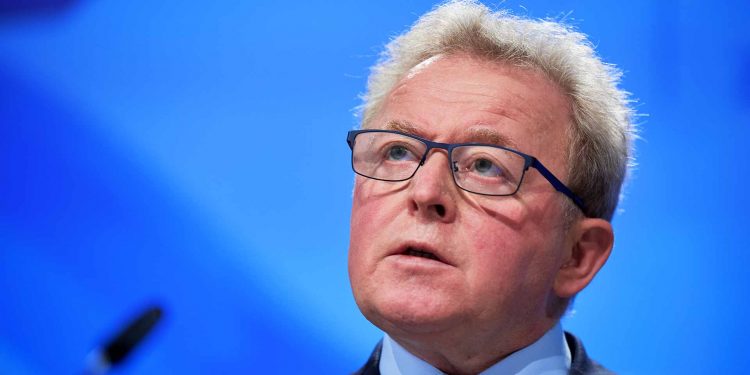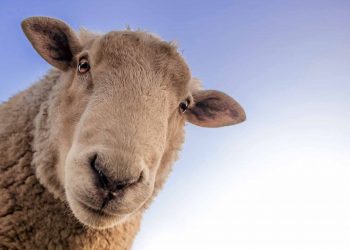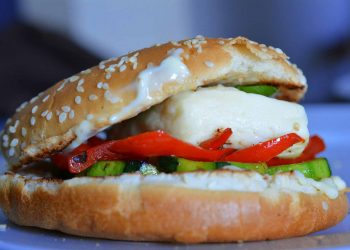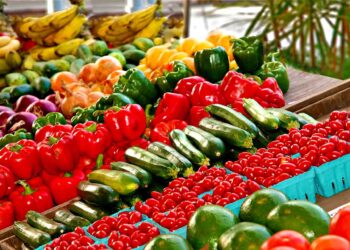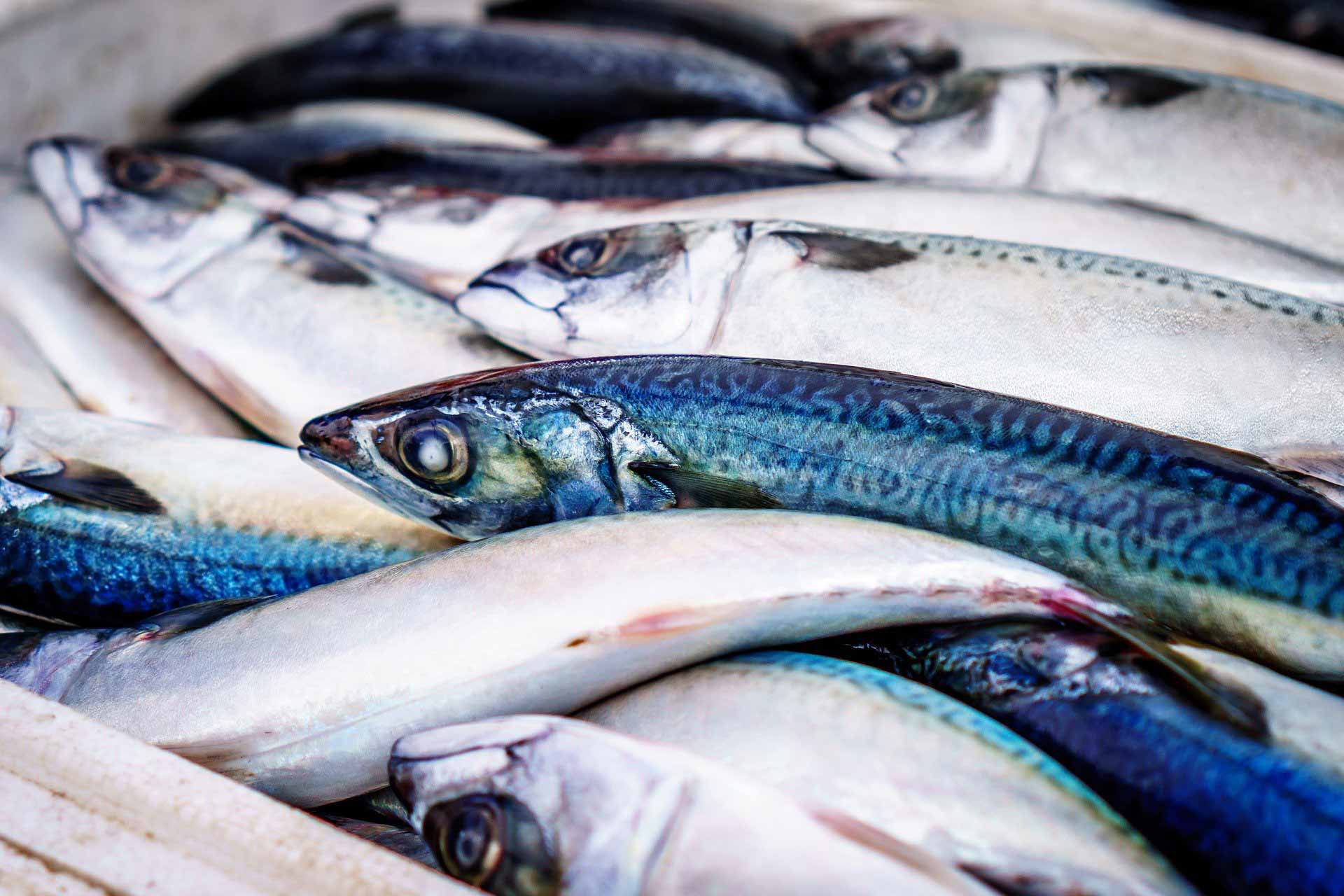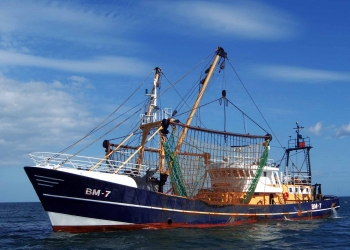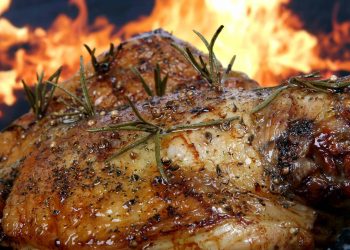The European Union and the United States have concluded negotiations to adjust the European Union’s World Trade Organization (WTO) agricultural quotas, following the UK’s withdrawal from the EU. This is the culmination of two years of negotiations in the WTO framework to divide these EU quotas, with part of the volume remaining with the EU-27, and part going to the UK, based on recent trade flows.
The agreement covers dozens of quotas and billions of euros of trade including for beef, poultry, rice, dairy products, fruits and vegetables and wines. Commenting on the agreement reached in principle, Commissioner for Agriculture Janusz Wojciechowski said: “I am delighted we have reached agreement with our most important trade partner the U.S. This agreement – done inside the framework of the WTO – preserves the original volumes but shares them between the EU and the UK. It gives certainty and stability to agricultural trade and our markets. I am particularly pleased that this agreement marks the significance of our trade and economic relationship.”
This sends a good signal of our commitment to work together both bilaterally and in the WTO framework. I want to thank my team and our U.S. colleagues for a job well done.
Janusz Wojciechowski, Commissioner for Agriculture
Once the Commission has adopted the EU-U.S. Agreement, it will then be sent to the European Parliament and the Council for ratification, so that it can enter into force as soon as possible.
The EU is conducting similar tariff rate quotas (TRQ) apportionment negotiations with twenty-one other partners having rights to access these quotas, and has concluded negotiations already with Argentina, Australia, Norway, Pakistan, Thailand, Indonesia and others.
Presidents von der Leyen and Biden agree to suspend all tariffs
WTO tariff concessions
Each WTO Member has a “schedule” of tariff concessions covering all agricultural products. The schedule sets out for each individual agricultural product, or, in some cases agricultural products defined more generally, the maximum tariff that can be applied on imports into the territory of the Member concerned.
As part of the tariffication package, WTO Members were required to maintain, for tariffied products. The current and minimum access opportunities are generally implemented in the form of tariff quotas. In case of minimum access, the applicable duty was required to be low or minimal, low that is either in absolute terms or, at least, in relation to the “normal” ordinary customs duty that applies to any imports outside the tariff quota. These tariff quotas, including the applicable tariff rates and any other conditions related to the tariff quotas, are specified in the schedules of the WTO Members concerned.
WTO Agreement on Agricultural quotas and tariffs
Article 4.2 of the Agreement on Agriculture prohibits the use of agriculture-specific non-tariff measures. Such measures include quantitative import restrictions, variable import levies, minimum import prices, discretionary import licensing procedures, voluntary export restraint agreements and non-tariff measures maintained through state-trading enterprises. All similar border measures other than “normal customs duties” are also no longer permitted.
The Agreement on Agriculture contains a “special treatment” clause, under which four countries were permitted, subject to strictly circumscribed conditions, to maintain non-tariff border measures on certain products during the period of tariff reductions (with the possibility of extending the special treatment, subject to further negotiations). WTO Members with tariff quotas and the right to use the special safeguard provisions are required to make both ad hoc and annual notifications to the Committee on Agriculture.

